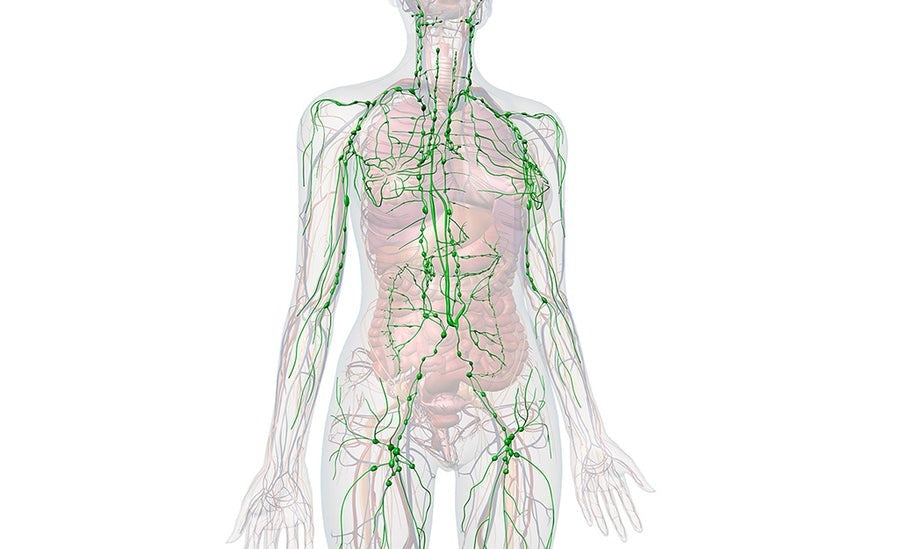How to Do Alternate Nostril Breathing
Alternate Nostril Breathing also known as Nadi Shodhana is a breathing exercise that assists with regulating the nervous system and to create balance between the sympathetic nervous system (SNS) and the parasympathetic nervous system (PNS). The practice involves breathing in an alternating pattern, closing one nostril to facilitate airflow through that nostril, then exhaling through the other.
What are the benefits of Alternate Nostril Breathing?
When using the Alternate Nostril Breathing technique, one can bring balance to the autonomic nervous system by manipulating the nasal cycle. The nasal cycle is the alternating congestion and decongestion of the nostrils that naturally occurs in humans. It is controlled by the autonomic nervous system and is related to the activities we engage in throughout the day. In times when we are more active and the SNS is dominating, there will be less congestion of the right nostril. On the other hand, when we are resting, digesting, or restoring our energy, the PNS is the branch of the nervous system that is dominating and the left nostril will be more open.
A well-regulated nervous system may involve feelings of calm and alertness and having the ability to think and communicate clearly and logically. It also helps one remain grounded and aware of the body and the breath. Having a well-regulated nervous system is also essential in maintaining a healthy sleep cycle.
What happens when the PNS or SNS is dominating?
When one is stuck in a sympathetic dominating state, there may be signs and symptoms of irritability, anxiety, restlessness, and aggression. An individual may also feel overwhelmed or find it difficult to control the emotions. In comparison, being stuck in a parasympathetic dominating state can involve signs and symptoms of fatigue, helplessness, emotional dullness or numbing. An individual may also experience depressive feelings and dissociation.

When using the Alternating Nostril Breathing technique, one can improve resilience and regulate the nervous system so that there is no dominating state. A well-regulated nervous system does not mean that we are constantly striving to be in a parasympathetic state. Rather, it means that we have the resilience to return to it after a stressful event, that it can regulate itself, and that neither sympathetic or parasympathetic state is dominating.
By breathing through the nostrils, the diaphragm is more engaged, meaning it will stimulate the vagus nerve and improve vagal tone. The vagus nerve is a main component of the PNS and tells the brain what is going on in the different organs of the body. Better vagal tone means the body is able to relax faster after a stressful episode while low vagal tone is associated with chronic inflammation and a range of diseases associated with undesirable blood sugar levels.
Studies also suggest that by controlling the breathing from one side, one can enhance activity of this side of the brain and boost cognitive function. The controlled breathing also helps to promote relaxation, break the cycle of stress and reduce levels of cortisol. Other studies have also shown that regular practice of Alternate Nostril Breathing is associated with decreased blood pressure and heart rates, as well as improved respiratory function.
From an Eastern perspective, Alternate Nostril Breathing cleanses the energy channels (called Nadis) within our body. We have thousands of subtle energy channels which nourish every single part of our body. These energy channels can become blocked from living an unhealthy lifestyle, exposure to toxins, the inability to process emotions, digestive issues, inactivity, and poor circulation, to mention a few.
By practicing Nadi Shodhan (Alternate Nostril Breathing), we begin to clear the energy channels to promote better circulation and allow energy to flow freely through the body. This may help to enhance healing of the tissues, balance the hemispheres of the brain, regulate the nervous system and improve overall well-being.
The practice of Alternate Nostril Breathing is a wonderful way to practice mindfulness meditation. By bringing focus on each breath, one can reach a meditative state, calm an overactive mind, and improve self-awareness.

How to practice Alternate Nostril Breathing
Alternate Nostril Breathing can be practiced any time of the day, preferable before meditation. Just follow these simple steps below:
-
Sit in any comfortable position where your spine can lengthen.
-
Relax the body and breathe naturally for a few moments, allowing your mind and body to settle in.
-
Rest your left hand on your lap or knee and bring the index and middle finger of your right hand to the spot between your eyebrows.
-
Close your eyes and begin by softly closing your right nostril using your right thumb. Inhale slowly, deeply and gently, without strain through your left nostril.
-
Close your left nostril using your ring and little fingers and open your right nostril to exhale. Then, inhale through your right nostril and exhale through your left. This completes one round.
- Continue this breathing pattern for 6-10 rounds to then release the technique and breathe naturally for a few breaths.
Summary
Alternate Nostril Breathing is a wonderful breathing technique which assists to regulate the nervous system, calm an overactive mind, and reduce stress. It’s a great tool you can use to help deal with the stressors of modern day living and improve your overall well being.
REFERENCES
Garg, S., & Chandla, S. (2016). Effect of Nadi Shodhan Pranayama on Pulmonary Functions. International Journal of Health Sciences and Research, 6, 192-196.
Ghiya, Shreya. (2017). Alternate nostril breathing: a systematic review of clinical trials. International Journal of Research in Medical Sciences. 5. 3273.
Pendolino, A.L., Lund, V., Nardello, E., & Ottaviano, G. (2018). The nasal cycle: a comprehensive review. Rhinology Online, Vol 1: 67-76.
Tharion, Elizabeth & Samuel, Prasanna & Rajasegaran, Rajalakshmi & Ganesh, Gnanasenthil & Subramanian, Rajam. (2011). Influence of deep breathing exercise on spontaneous respiratory rate and heart rate variability: A randomised controlled trial in healthy subjects. Indian journal of physiology and pharmacology. 56. 80-7.






















